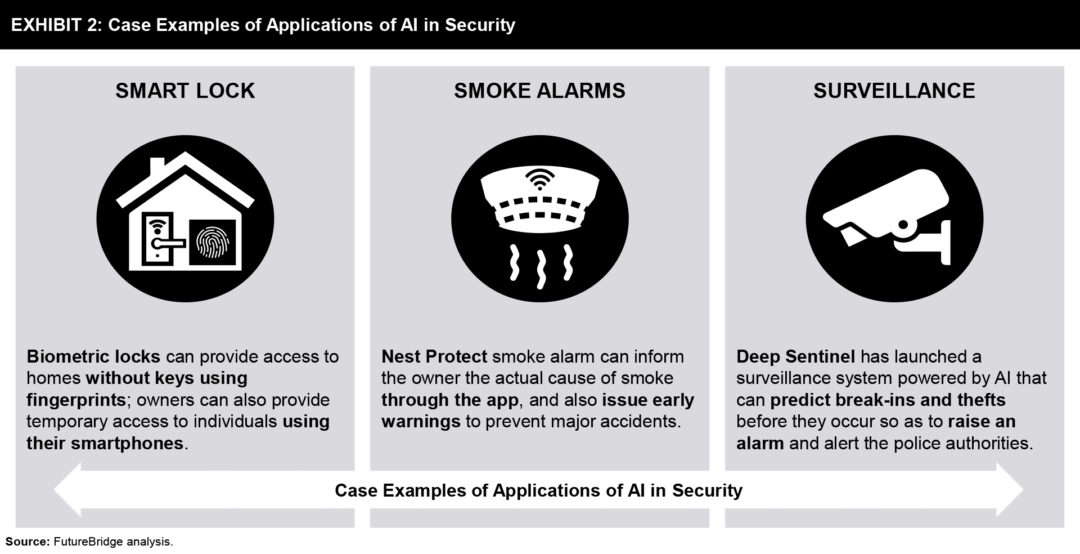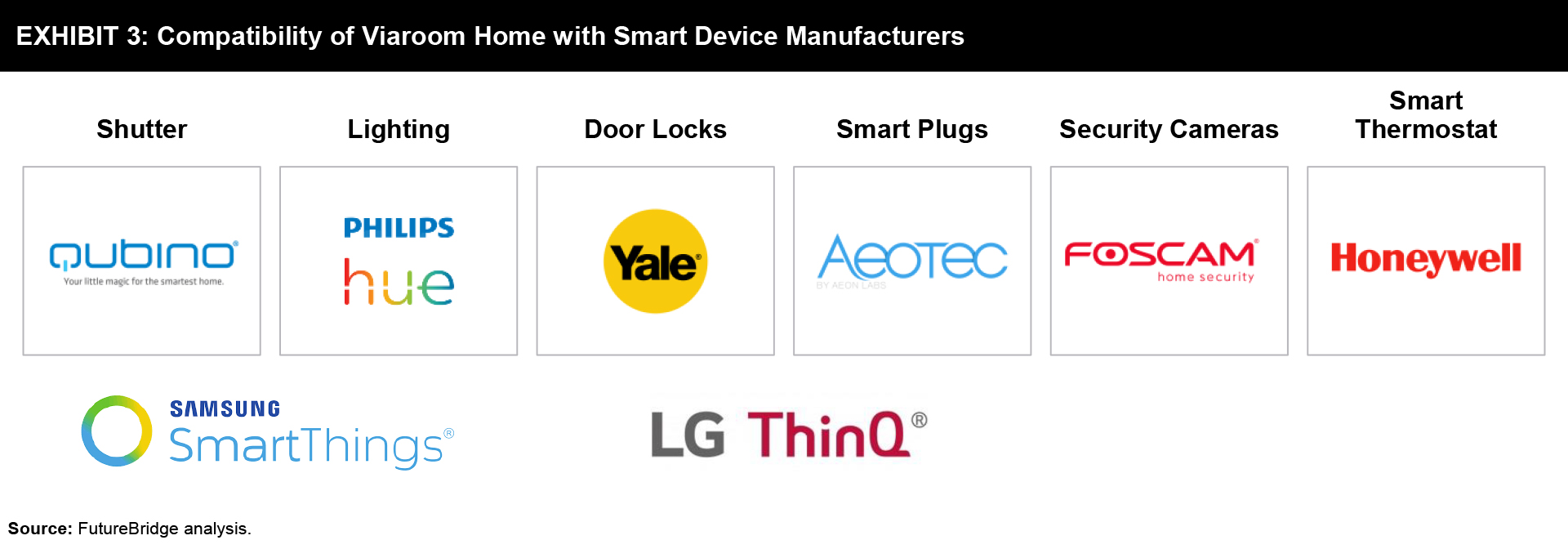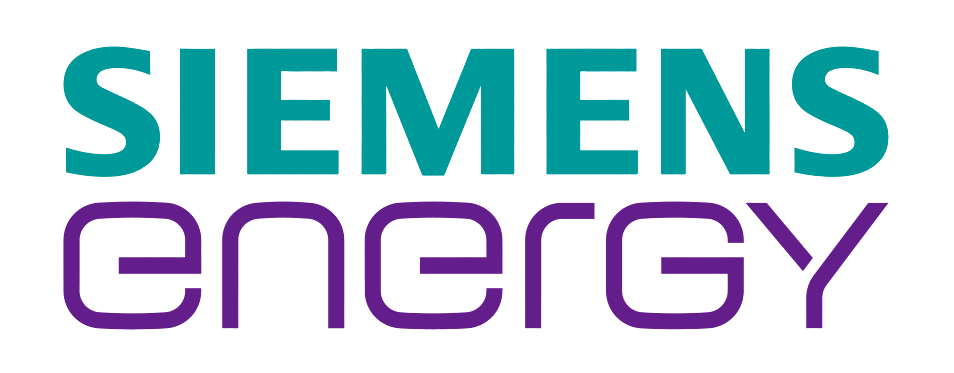Forthcoming Promising Trends in AI for Smart Homes
The most promising trends in AI that are being innovated are:
1. Enhanced Personaliza...
The most promising trends in AI that are being innovated are:
1. Enhanced Personalization
- Behavioral Learning: AI systems will learn and adapt to individual behaviors, preferences, and routines to provide highly personalized experiences.
- Predictive Automation: AI will anticipate needs and perform tasks automatically, such as adjusting lighting, temperature, and appliances based on past behavior.
2. Advanced Voice and Gesture Control
- Natural Language Processing (NLP): Improvements in NLP will enable more natural and intuitive voice interactions, making smart home control more seamless.
- Gesture Recognition: AI will interpret gestures to control devices, offering an alternative to voice commands and physical interactions.
3. Integrated Health Monitoring
- Wellness Tracking: Smart homes will monitor residents’ health metrics, such as sleep patterns, heart rate, and physical activity, providing insights and recommendations for better health.
- Elderly Care: AI will play a crucial role in monitoring the well-being of elderly residents, detecting falls, and providing emergency assistance.
4. Energy Efficiency and Sustainability
- Smart Energy Management: AI will optimize energy usage by learning consumption patterns and making real-time adjustments to reduce waste and costs.
- Renewable Energy Integration: Smart homes will seamlessly integrate with renewable energy sources like solar panels, optimizing energy storage and usage.
5. Enhanced Security Systems
- AI-Powered Surveillance: Advanced AI algorithms will improve video surveillance, recognizing unusual activities and potential security threats.
- Biometric Authentication: Enhanced facial recognition and other biometric methods will provide secure and convenient access control.
6. Seamless Interoperability
- Unified Ecosystems: AI will enable better interoperability between different smart devices and platforms, creating a more cohesive and user-friendly smart home environment.
- IoT Integration: The integration of AI with the Internet of Things (IoT) will allow for smarter coordination and communication between various household devices.
7. Proactive Maintenance
- Predictive Maintenance: AI will predict when appliances and systems need maintenance or repairs, reducing downtime and extending the lifespan of devices.
- Automated Diagnostics: Smart homes will automatically diagnose issues and suggest or initiate repairs, improving efficiency and convenience.
8. Emotional Intelligence
- Mood Detection: AI systems will be able to detect the mood of residents through voice tone, facial expressions, and other indicators, adjusting the environment accordingly (e.g., lighting, music).
- Emotional Support: AI will provide companionship and emotional support, especially for individuals living alone.
9. Advanced Entertainment Systems
- Personalized Content: AI will recommend and curate entertainment options based on residents’ preferences and viewing habits.
- Immersive Experiences: Enhanced AI-driven virtual and augmented reality systems will provide more immersive entertainment experiences.
10. Smart Kitchens
- AI Cooking Assistants: AI will assist in meal planning, recipe suggestions, and cooking guidance, making kitchens more efficient and user-friendly.
- Inventory Management: Smart kitchens will track food inventory, suggest recipes based on available ingredients, and automatically reorder supplies as needed.



 Smart home technology has its applications in household appliances, home safety & security, lighting, and entertainment. Key industries have started integrating artificial intelligence with smart devices to enable connectivity among these devices.
Smart home technology has its applications in household appliances, home safety & security, lighting, and entertainment. Key industries have started integrating artificial intelligence with smart devices to enable connectivity among these devices.



































